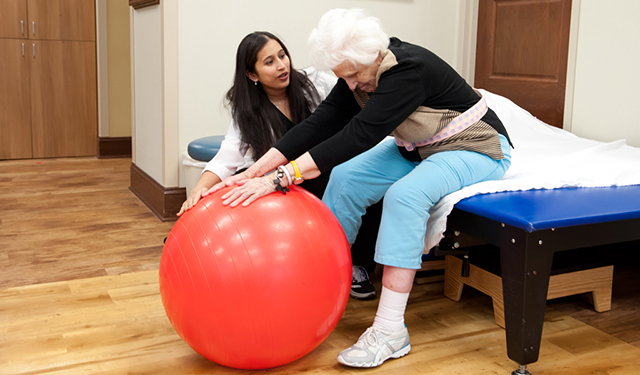Exploring the Diverse Techniques of Physiotherapeutic Therapy for Enhanced Healing and Restoration
Exploring the Diverse Techniques of Physiotherapeutic Therapy for Enhanced Healing and Restoration
Blog Article
Physical therapy is an essential field that helps people recover from injuries, operations, and multiple medical issues. It entails a range of methods aimed to enhance mobility, alleviate discomfort, and enhance overall physical function. Physiotherapy therapists are qualified professionals who evaluate each patient’s needs and create customized care strategies. These plans often include exercises, hands-on treatment, and instruction about physical mechanics. By using these varied techniques, physical can significantly improve a patient’s standard of living.
One frequent technique used in physical is rehabilitative activity. This includes specific actions and exercises that assist build muscle strength, enhance flexibility, and increase stamina. For instance, a patient recovering from knee surgery may engage in exercises that concentrate on restoring strength in the leg muscle groups. These activities are carefully selected based on the individual’s condition and objectives. By gradually increasing the intensity and challenges of the exercises, physical practitioners can assist patients regain their strength and mobility over a period.
Another important technique is hands-on therapy, which includes physical methods to adjust the human body soft muscles and joints. This can entail stretching, joint movement, and massage. Manual treatment seeks to relieve discomfort, reduce swelling, and enhance circulation. For example, a practitioner may use light pressure to relieve tension in stiff muscle groups or to help a articulation function more freely. This technique is often integrated with other therapies to improve rehabilitation and promote recovery. Patients often consider manual treatment to be a soothing and effective way to control their discomfort.
In furthermore to exercises and hands-on therapy, instruction plays a crucial role in physiotherapy. Therapists instruct patients about their conditions and how to handle them efficiently. This may include advice on proper posture, physical mechanics, and strategies to prevent subsequent injuries. For instance, a therapist might show a client how to lift weighty objects properly to avoid injuring their back. By enabling patients with knowledge, physical practitioners assist them assume an active part in their rehabilitation and encourage long-term wellness and well-being.
Ultimately, technology is progressively being incorporated into physical methods. Tools such as sonography, electrical stimulation, and virtual reality can enhance traditional therapy methods. These tools can help reduce discomfort, promote healing, and provide interactive ways for clients to engage in their rehabilitation. For instance, virtual reality click this link now can create immersive settings for clients to practice actions in a safe and protected setting. As advancements continues to develop, it offers exciting possibilities for enhancing recovery results in physiotherapy.
In conclusion, physiotherapy includes a range of techniques that function together to assist recovery and healing. Through rehabilitative activities, manual treatment, client education, and the application of technological tools, physical practitioners provide comprehensive treatment tailored to each patient’s needs. This comprehensive approach not only helps patients regain their bodily capabilities but also empowers them to maintain their health in the long-term run. As more people recognize the advantages of physiotherapy, it continues to serve a vital part in the pathway toward enhanced well-being and well-being.